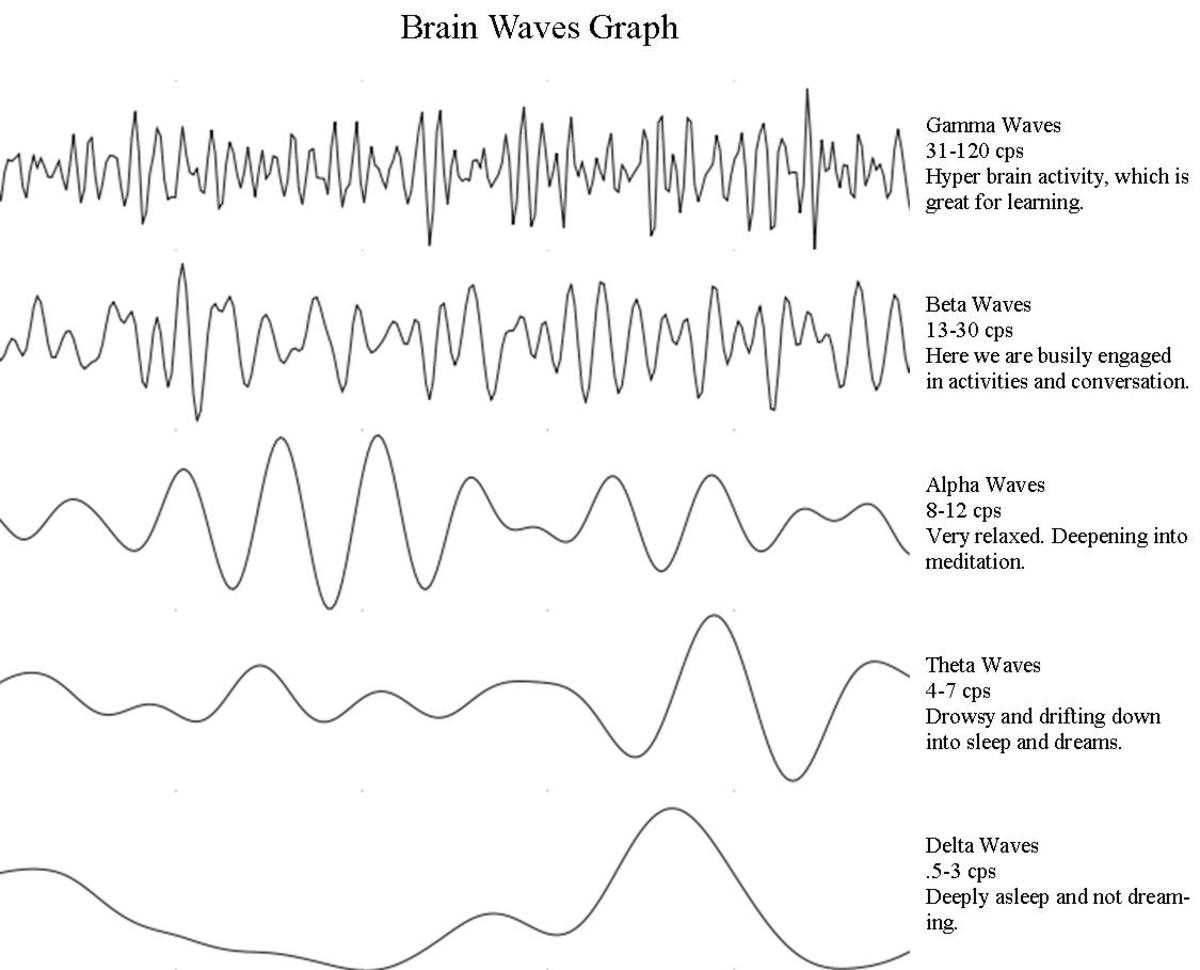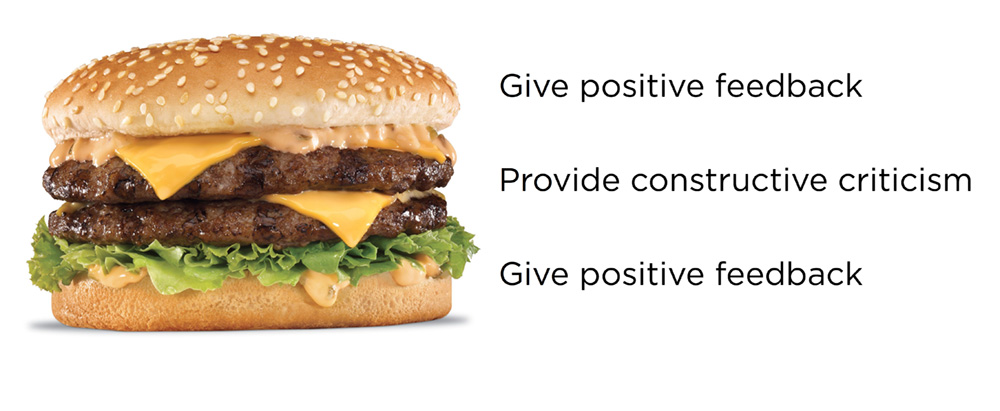 Real Time Coaching
Real Time Coaching
26 Nov 2016
All used images are clickable and clicking them leads to their source.
On the first day of XP Days 2016 Benelux, I attended the Real Time Coaching workshop given by agile coach Dajo Breddels and hypnotherapist Wijnand van Colle. Their intent was to give us some insights from Neuro-Science and combine that with some NLP techniques, to make us more effective coaches. In this post, I will guide you through the workshop and tell you the things I learned.
Gamma Waves
First they gave us an explanation about the different types of brain waves. It seems that when we’re engaged in activities, our brain is mainly generating beta waves. There are also other types of waves, including alpha, theta, delta and gamma. Gamma waves are said to be great for learning but they are not easy to tap into. Dajo and Wijnand gave us the choice: we could meditate for years and years like Buddhist monks, or we could try flipping a necker cube.
By meditating a few minutes on the necker cube each day, we could trigger our gamma waves and as a result be more open for learning and absorb information better. Honestly, I didn’t feel any different afterwards, but I will give Dajo and Wijnand the benefit of the doubt since we only tried it once for a few minutes.
Neurons, Neural Networks and BDNF
Next they explained us what a neuron is and how they form neural networks. Neurons fire impulses across a pathway and thus forming a network. The more impulses are fired along certain paths, the stronger these networks become. They also related this to addictions…
We also talked a bit about something called brain-derived neurotrophic factor or BDNF. It’s a protein that is found in the brain and it stimulates the survival of existing neurons and also the growth of new neurons. I’m zooming in on this because they said you can increase your BDNF level by sleeping well and doing physical exercise! Sadly I’m not exercising right now, nor am I sleeping, because I really would like to get this blog post out.
Rewiring the Brain
Next up was Neuroplasticity, which is about how the brain is constantly changing with each activity you do. My take-away there is that you can’t learn how to ride a bike just by reading about it. You have to get out there and do it and when you do, your brain will change to make you better at this the next time. In the future, I will try to remind myself to get my hands dirty when learning about something new, because I have a tendency to stick with the reading and wait for a very long time before doing some hands-on training.
Direct Feedback
Now it was time to apply all this and to refine our coaching skills. The most important thing I learned was about coaching at the right time, which is while the activity is still going on. I’ll try to explain why this is so very important: when a coachee is doing an activity, he or she is firing impulses in a certain area in the brain. When you as a coach are coaching him/her, this is also firing impulses in another part of the brain. In order for your coaching to stick, connections must be established betweend these different parts. These connections can only be made while both parts are busy firing impulses. In conclusion, coaching must be done by giving direct feedback!

It’s one thing to say that direct feedback is better, but doing it is quite something else. How do you give direct feedback when there is a tension between 2 people in a retrospective for example? Do you call it out and confront them? Do you take them offline to talk about it? Did you see this coming and started the retro by mentioning the prime directive? Direct feedback can be quite harmful if it is not done well, and the problem is you don’t have time to ponder upon your options.
The trainers also mentioned the effect of the feedback sandwich. They described it as the sandwich is warming up the brain to be open for some criticism.
Peripheral Vision
Now it was time to try out peripheral vision. We had to focus (foveal vision) on a blue dot and then try to slowly extend our visual field. The result is that you kind of get this very wide view and see a lot of things going on that you would otherwise miss because you cannot focus on everything all at once.
You can compare it to that teacher that seemed to have eyes on his back and always saw when somebody did something wrong. To me it also seemed less exhausting than trying to keep an overview by focussing on everything. It also makes you more receptive to sound. Dajo said he uses this when observing a scrum in his role of agile coach.
Associated VS Dissociated
Here the trainers were explaining that a person can be in different states of mind, namely they can either be associated or they can be dissociated. Each state has its own advantages and disadvantages. The reason this is important is because you can only coach someone in the here and now so you need him/her to be associated.
| Associated | Dissociated | |
|---|---|---|
| here and now | thinking about doing something | |
| absorbed | observing | |
| inside your body | feeling at a distance | |
| sensory experiences | no sensory experiences | |
| no track of time | aware of time | |
| Advantages | memorable | impersonal |
| enjoyable | good for reflection | |
| Disadvantages | lack of objectivity | dull, bored |
| difficult to analyse, reflect | uninvolved |
With the BAGEL model, you can spot if someone is associated or dissociated. We did an exercise on this in pairs: we had to guess in which state our partner was, which was quite hard to do if you are unskilled in this area. It seems everyone also has a preferred state. I learned my preferred state is dissociated. This came as no surprise since Insights taught me that I’m an observer and very analytical. I also learned during the exercise that it’s very hard to put yourself in your unpreferred state :-)
You can take this even further by tricking people to go into the state you want them to be in. I guess we’re touching the dark side of NLP here :-) For example, if you want someone to be associated, try to be associated yourself. You can also ask certain questions to provoque a certain state. If you want someone to be associated, you could ask them things like go back to that moment, whate are you doing?, how do you feel? or what do you see/hear?. For the dissociated state, you could ask how did you do that task? or where do you see yourself in a month time?. This could help when you feel someone is stressed out. Notice the difference in the questions between the present and the past/future respectively.
Conclusion
I liked this workshop very much, because I learned about some stuff I had never heard of and saw how it could be applied to my role as a team coach. If you want to know more, the trainers pointed us to a book called Brain Rules. Also, the trainers will soon launch a website at http://www.brainbased-leadership.com.





